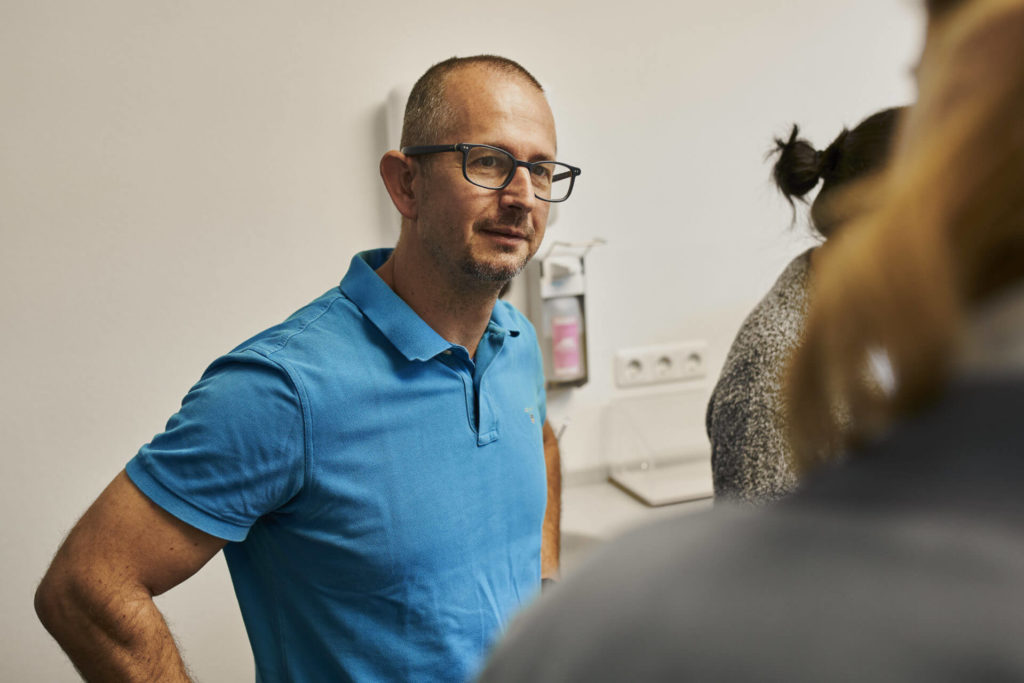Fixed appliance therapy is a regular treatment procedure in orthodontics, one I’d assume every ortho practice carries out. Our patient care relies heavily on specific patient requirements and experiences, however, most traditional orthodontic studies focus primarily on clinician-based outcome measures and rarely on the socio-psychological and quality of life effects for the patient.
Patient-centred care is a contemporary concept that helps us better understand the outcomes of the orthodontic treatment in relation to the patient’s own anecdotal encounters. This also allows us to understand the patient’s treatment needs, experiences, satisfaction, and the overall perceived quality of life as a result of said treatment.
We are now witnessing a growing number of adult orthodontic patients which is why more research on the correlation between orthodontic treatment and the quality of life needs to see the light of day. To date, very little work has been published evaluating these experiences.
Adding onto this point, I find it the need-of-the-hour to have trials that measure the baseline pre and post-treatment assessments while also including measures to assess the patient-focused benefits. This will help us better comprehend the patient-centric outcomes of orthodontic treatment. It also better instates information for funding decisions within publicly-funded systems.
This new trial comes as a great learning curve for us to do the same.
This study was conducted by a team from Brazil and published by the EJO.
Impact of oral-health-related quality of life and self-esteem on patients with missing maxillary lateral incisor after orthodontic space closure: a single-blinded, randomized, controlled trial.
Matheus Melo Pithon, Eduardo Otero Amaral Vargas, Raildo da Silva Coqueiro, Rogério Lacerda-Santos, Orlando Motohiro Tanaka and Lucianne Cople Maia.
Eur.J.Orthod. 2020: pubmed.ncbi.nlm.nih.gov/33367539/
What they asked
The authors conducted this study:
“To compare maxillary lateral incisor agenesis with space closure treatment versus non-treatment based on measurements of the self-perceived oral-health-related quality of life (OHRQoL) and self-esteem of the participants.”
What they did
The authors carried out a randomized controlled trial with a 1:1 allocation in 2 groups (44 participants overall with 47 missing lateral incisors) over a 12-month observation period.
The PICO was:
- Participants:
- Aged 17 to 49 years
- With one or two missing maxillary lateral incisors
- Class I, II or III
- Spacing between central incisor and canine
- Intervention group: The treated group was given fixed applianced to close the space for the missing lateral incisors with recontouring of the canines in order to aid substitution.
- Control Group: The control group was not given orthodontic treatment during the first 12 months of the study.
- Outcomes: Primary outcomes included Oral Health-related Quality of Life (OHRQoL) and self-esteem.
The OHRQoL was assessed using the Oral Health Impact Profile (OHIP-14) questionnaire. Some of the inclusions in this questionnaire were oral symptoms, functional limitations, emotional well-being, social well-being, and overall perceptions of general well-being and oral health.
They also used another questionnaire (Rosenberg’s Self-Esteem Scale) to assess self-esteem. The participants completed the questionnaires at baseline in both groups and again after 12 months in the control group.
What they found out
Overall, the authors discovered an improvement in both self-esteem and OHRQoL in the treatment group. They also made use of an adjusted statistical model accounting for demographics, clinical factors and baseline scores, where they discovered that the treated group continued to have better outcomes than the control group.
The authors concluded that the participants who most benefited from the treatment were the ones with higher self-esteem and OHRQoL and lower education level.
My thoughts
I thought that the study was interesting, to say the least. The outcomes were kept simple and relevant which also helped keep the study more focussed with less risk of false-positive outcomes.
I also have to applaud them in terms of the outcome measures they utilized in this study. They made sure that they used validated questionnaires to bring this study to fruition. However, these do also involve very general measures of quality of life and self-esteem. I am unsure of how well that is affected by orthodontics.
The subject matter was also up to par with my own expectations. We frequently face the decision of whether to leave the space open or close with missing lateral incisors, so this one was something I could relate to. Personally, I do prefer space closure wherever I can. This helps reduce the need for long-term restorative maintenance and may simplify retention to an extent.
Now coming to some of my dismay with this study, they found that there was an apparent deterioration in self-esteem and quality of life within the untreated control group. I find this interesting and quite incredulous to expect in a large adult population.
Finally, the authors failed to highlight the magnitude of visible space and the presence of primary teeth in the aesthetic zone; both of which can have pivotal impacts on the study.
Final thoughts
In a post-adolescent cohort, we might be able to close the space in the presence of missing maxillary lateral incisors. This can earnestly improve self-esteem and oral health-related quality of life in the short term.
Although we are seeing an increase in the number of quality of life measures and studies that sustain them, there continues to stand a potential for systemic appraisal of the consequences orthodontics poses on the general quality of life of an individual.
References:
kevinobrienorthoblog.com/a-trial-looking-at-quality-of-life/

